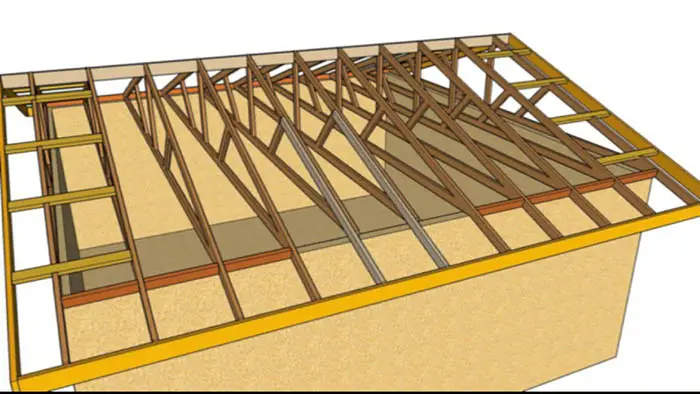A typical metal roof overhang may be 2 to 4 inches or even less.
Shed roof max overhangs.
They are essentially mini roofs designed to protect each storey of the home individually.
The ideal shed roof overhang depends on the purpose of the overhang the location and microclimate of the building.
Overhangs are common in most house designs providing protection against both wind and rain.
Metal is usually installed on rafters or strip sheathing rather than the solid decking used under other materials.
An overhang to protect the shed user on a rainy night could be relatively small whereas an overhang to provide a shaded area in front of the shed to keep the interior of the shed cool will be much larger.
A roof overhang can allow for the incorporation of soffits another roof ventilation option and they can help cover entryways and move rain water farther away from the shed and foundation.
A brow roof is a narrow roof attached to the wall at the level of the first floor ceiling.
It can be made of metal.
The siding underneath the overhang is known as the soffit.
Overhangs can vary in width from a few inches to several feet.
The length of the overhang depends primarily on the climate.
Benefits of roof overhang on sheds.
Some slight overhang is recommended in conjunction with a drip edge flashing to prevent water from getting under the roofing and onto underlying wood.
An overhang is the portion of the roof that runs past the wall providing coverage for the space around the foundation of your shed.
Brow roofs are found on multi storey homes.

